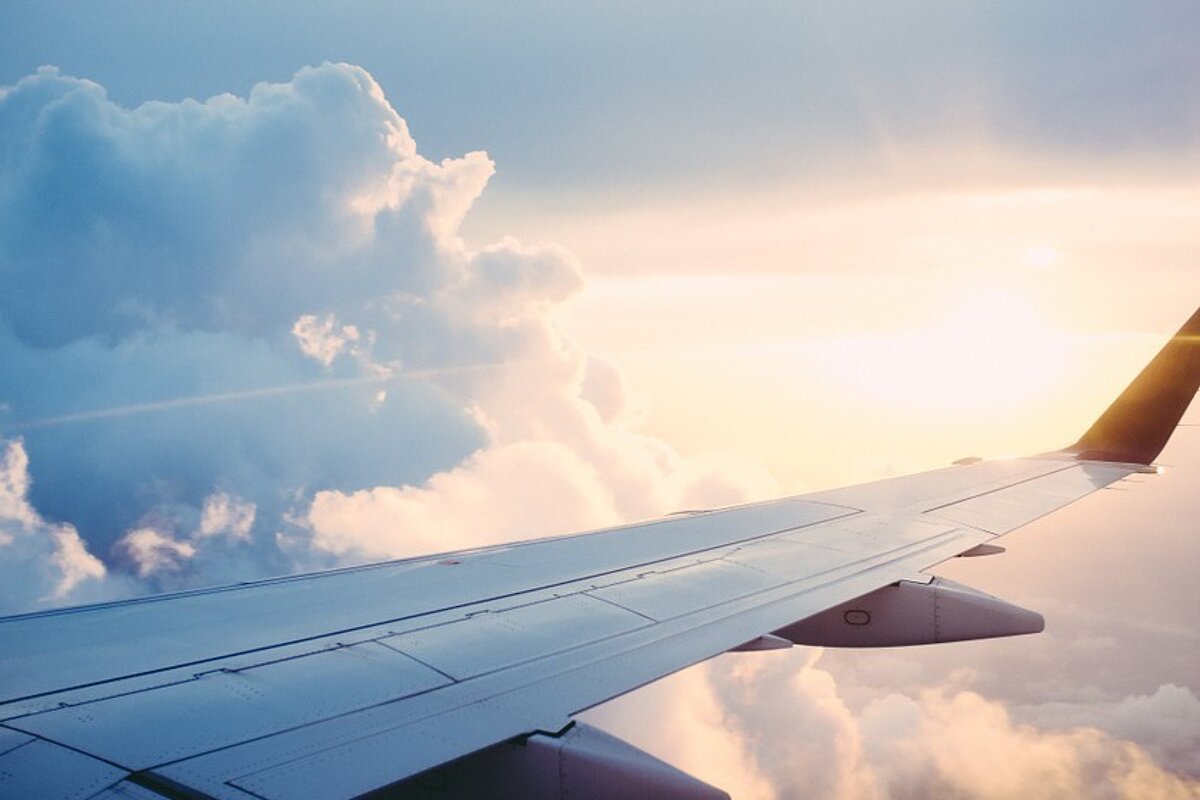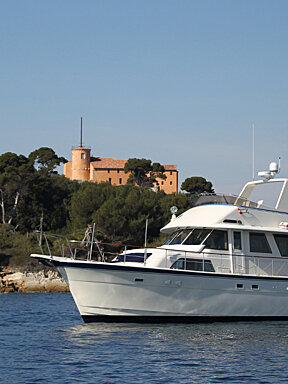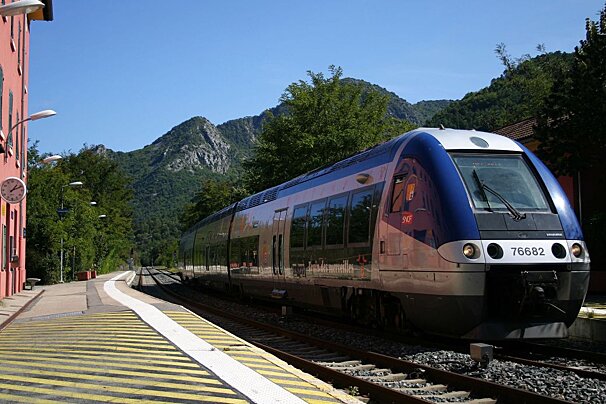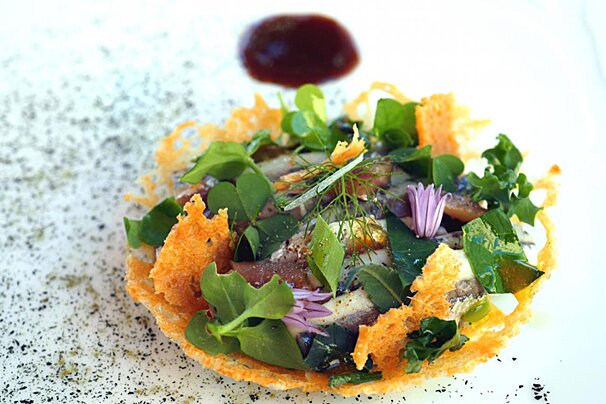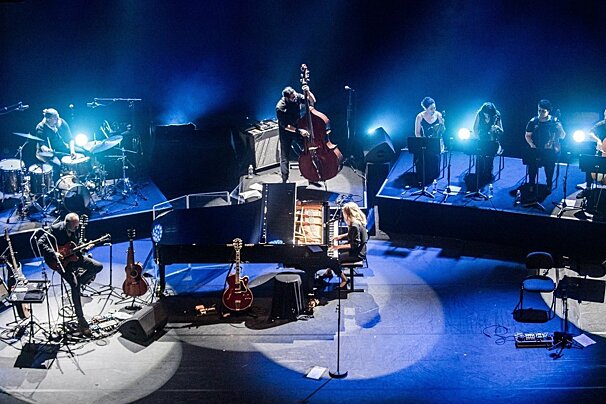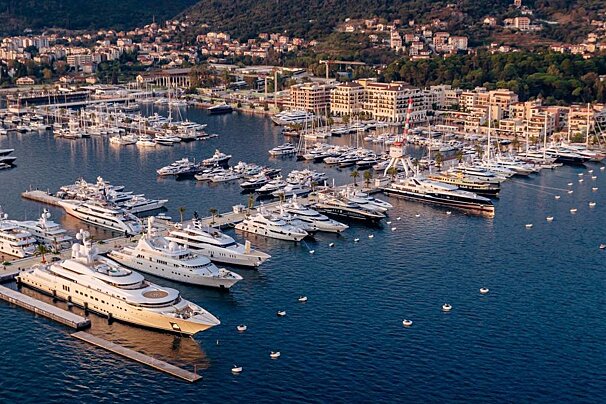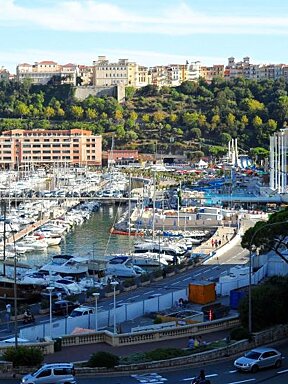
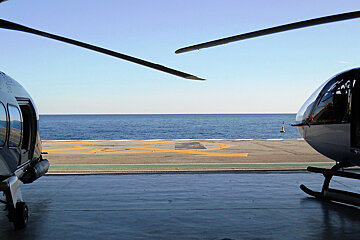
© Monacair
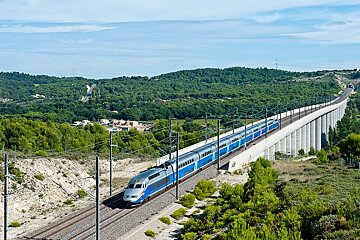
© railCC
How to Get to Monaco
Discover the top ways to get to Monaco
Monaco lies on the southeast coast of France, close to the border with Italy. A popular destination, it not only offers you every form of entertainment on your doorstep but is also a gateway to explore the French Riviera.
Easiest way to get to Monaco
Nice International Airport is 30km from the centre of Monaco so if you are flying this should be your arrival airport. Taxis are plentiful for your onward travel to Monaco (around a 30 minute journey) or you can book a limousine service in advance. Nice airport also has a General Aviation Terminal for private jet customers and there is a regular helicopter service linking the airport and Monaco.
For a more scenic journey, you could arrange to take your own yacht charter to Monaco and arrive by sea into the luxurious Port Hercule in the heart of the principality.
Flying to Monaco
Nice Côte d'Azur Airport is serviced by a number of the major airlines. This wide choice of airlines means that prices are often competitive. Have a look at our Flight Finder to help your planning. As always, prices will be at a premium during the school holidays and at weekends. As Nice and the Cote d'Azur are popular destinations throughout the year, you will find that most routes to Nice are available all year round.
For onward travel from the airport, taxis, transfers or shuttle services are a convenient and quick way to get to Monaco. Car hire from the airport is a good idea if you think you will be spending some time exploring the countryside surrounding Monaco. For a luxury experience, you can book helicopter transfers from Nice airport; it takes six minutes, massively cutting down on travel time. Some of the luxury hotels offer an airport pick-up service so it is best to enquire about this directly before you book a car.
Getting from the airport to Monaco
Airport transfers or shuttle services are a convenient option for onward travel to your destination. Companies generally offer two types of service - private and shared transfers.
Private transfers are exclusively for you - once you arrive at the airport they will take you directly to your accommodation. Some hotels offer a private airport pick-up service, so don't forget to enquire about this directly before you travel.
Shared transfers are usually more cost-effective, especially for individuals and couples, the trade-off being you may need to wait for other passengers and the possibility of being dropped-off at a more central location.
You should always book transfers in advance.
Buses to Monaco
If you are flying into Nice Côte d'Azur airport then getting a bus directly to Monaco or onwards to Menton is very simple. The bus number 110 runs as an airport express shuttle, with a journey time of around 40 minutes to Monaco and 1h10 to Menton.
Train to Monaco
Monaco is connected to France via the SNCF train network. The TGV, France's intercity high-speed rail service, runs direct from Paris to Monaco and takes approximately 6h45. Monaco's train station is called Gare de Monaco and it is conveniently situated close to the centre of Monaco. Advance reservation for TGV trains is necessary.
The Italian Trenitalia train service connects Monaco to Italian cities like Milan, Genoa, Rome and Venice. Connections are generally made in Ventimiglia, the first train station in Italy after the French-Italian border. Russian Railways run a weekly service from Moscow to the neighbouring city of Nice all year round. With a travel time of around 47 hours, the train stops at Minsk, Warsaw, Vienna and Verona, amongst others.
Once you reach Monaco the local train network makes it surprisingly easy to travel along the Côte d'Azur, the line hugs the coast all the way from Menton through Nice, Antibes, Cannes to Saint Raphael.
Driving to Monaco
The main advantage to having a car is flexibility and driving around the winding roads used by the Monte-Carlo rally can be a real pleasure. Having a car allows you to visit some of the many beautiful resorts, towns and villages in the area. Nevertheless, the roads around Monaco and along the Côte d'Azur are prone to traffic jams, so travel off-peak if you can.
If you wish to bring your car with you from the UK, then you will probably take a ferry to Calais where the onward drive is around 11h15 to Monaco or a ferry to Bilbao in Spain and then drive across the south-west of France to Monaco, a journey of around 9h30. Fuel costs from Calais to Monaco will be roughly around €150-200 and you will need to budget an additional €100-120 in toll costs if you take the motorway all the way.
Bringing your skis, snowboard or bike to Monaco
If you are planning to bring your own sports equipment, perhaps a road bike, or a set of golf clubs, then it’s well worth checking the details in advance. Each airline, train and transfer company will have their own individual policy terms and conditions depending on the type of sporting equipment you are transporting. Here's a snapshot of the different transport options and a guide to their restrictions:
Some airlines charge for taking equipment and this can also apply to bikes, golf clubs, watersports equipment - so check before you book. Make sure you pack your gear well, as it’s not unusual for there to be a few bumps and bruises along the way, if you don’t! The same applies for your bike, whether that be a mountain bike, road bike or touring bike... pack it well and ensure it falls within the packaging guidelines specified by the carrier. For more information see our Cycling and Mountain Biking Guides.
Airport transfer companies always need to know exactly what you’re bringing, so that they have sufficient capacity in the vehicle.
Travelling by train can involve several changes, depending on your route, and almost certainly lugging your gear up and down a few sets of stairs or escalators. Eurostar has an additional charge of around £30 for their registered luggage service for these types of equipment. Check before you travel.
